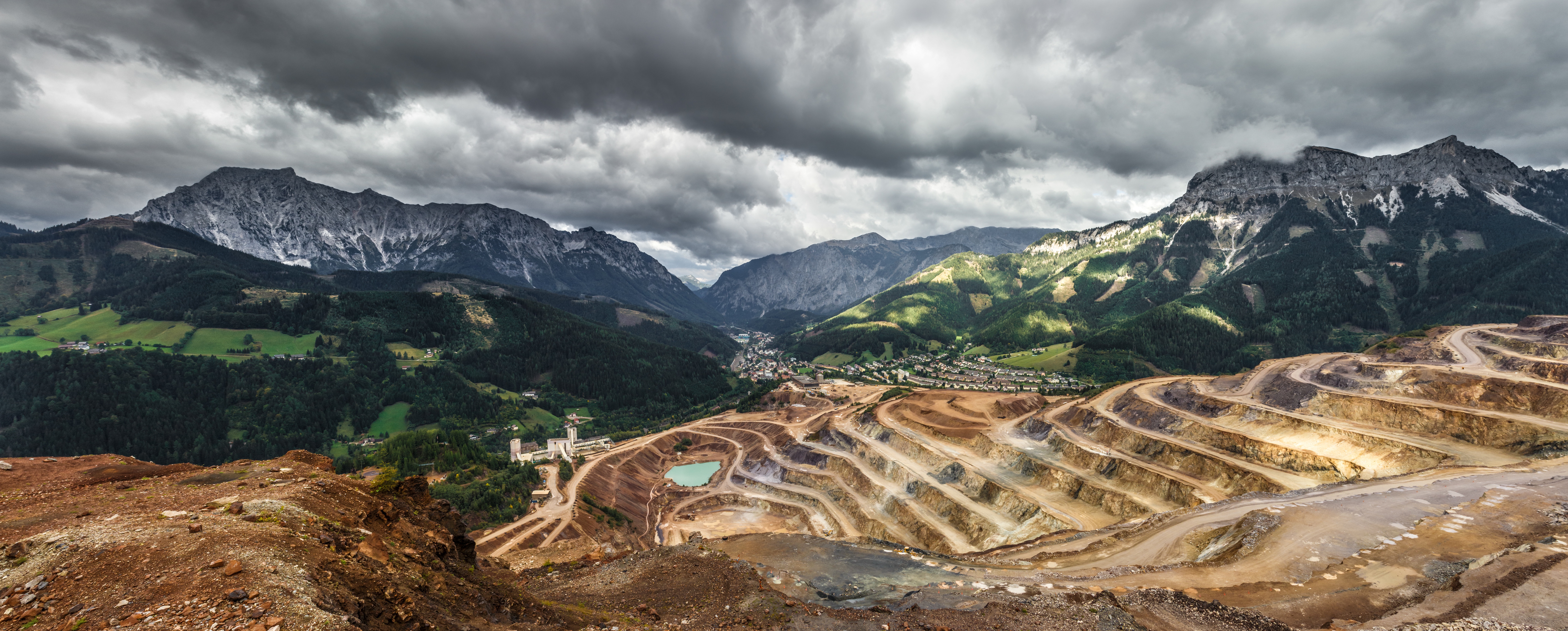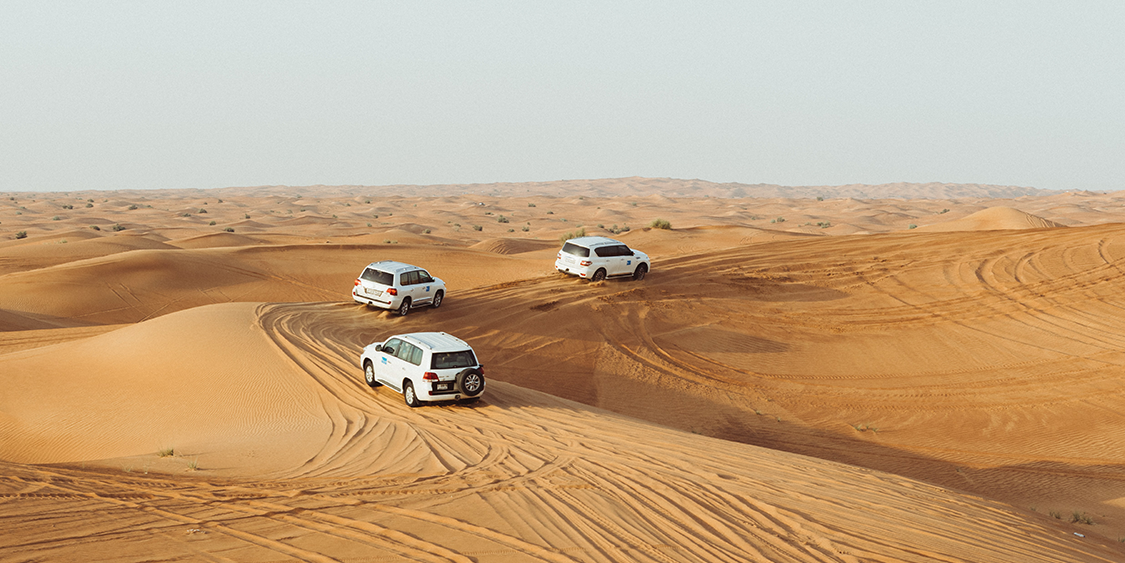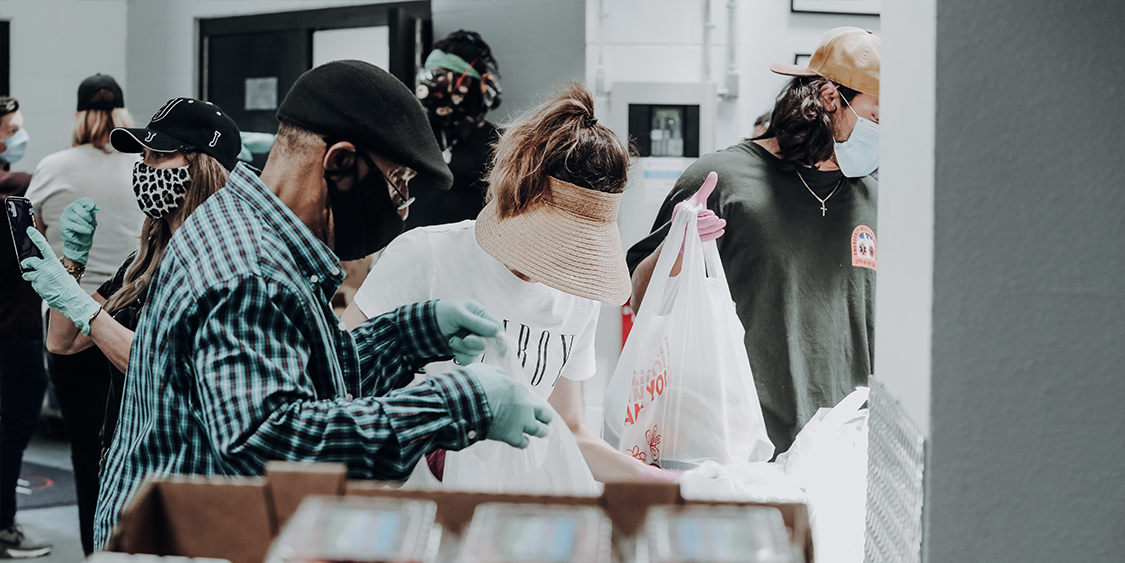
How drones are using sensory and photographic data to create efficiencies in mining
Drones in mining? Given the typical image of mining as a prospector panning for gold, or giant machines boring through rock, it might seem a little counterintuitive at first. But after closer examination, it isn’t hard to see how drones are already creating efficiencies in that industry. It all comes down to which sensors are used.
1) Monitoring and Tracking
“At a very basic level, UAVs allow companies to track progress throughout their projects,” explained Matthew Johnson, owner of M3 Aerial Productions in Winnipeg, Manitoba. “Using a simple UAV equipped with a high-resolution camera to take pictures at regular intervals throughout a project can provide valuable data to development teams and executive committees.”
For example, a standard image taken at 400 feet above ground level can provide so much more site management information than a series of ground level images could. You get a greater sense of the entire situation — site and surroundings included.
2) Applications of Orthomosaics
“Taking anywhere from a few hundred to a few thousand high resolution images of a work site, and stitching them together into one extremely high resolution image allows foremen to have an excellent idea of the status of their site,” said Johnson.

These images can be rendered into 3D models, which can be analyzed using metrics to calculate distances, areas, and volumes of aggregate, stock piles, or regions of future development. “Using georeferenced, GPS-enabled ground control points, we are able to produce highly precise (within a couple centimeters) digital elevation models (also known as digital surface models).”
Both of these examples are along the same lines as the benefits to using drones in the construction industry— the more and better you are able to compile data on your worksite, the more efficient your project will be.
3) Revolutionary Thermal Sensing
This is where drones really take off for those in the mining sector.
“Thermal imaging equipment, such as the Zenmuse XT for the DJI Inspire 1 and Matrice series UAVs, is capable of detecting emitted radiation in the thermal portion of the energy spectrum,” said Johnson. “These sensors, used in conjunction with near-infrared sensors can help geologists identify types of soil and vegetation that may correlate to the presence of certain underground metal deposits.”
Multi-spectral imagery looks beyond the electromagnetic spectrum to find ore that has different spectral signatures. With a little computer processing, that imagery can locate those resources.
It’s a long way from panning for gold.
Johnson added that this application was similar to sensors on drones used for agricultural purposes. Those can allow growers to detect variations in soil types, and salt concentrations within soils. For crops that are highly sensitive to changes in temperature, such as potatoes, a thermal scan can provide valuable data, indicating the presence of disease and soil drainage issues.
Special thanks to Matthew Johnson and M3 Aerial Productions.
Apply for drone insurance from Drone Insurance Depot. They have an easy, online application, and it only takes a few minutes.


